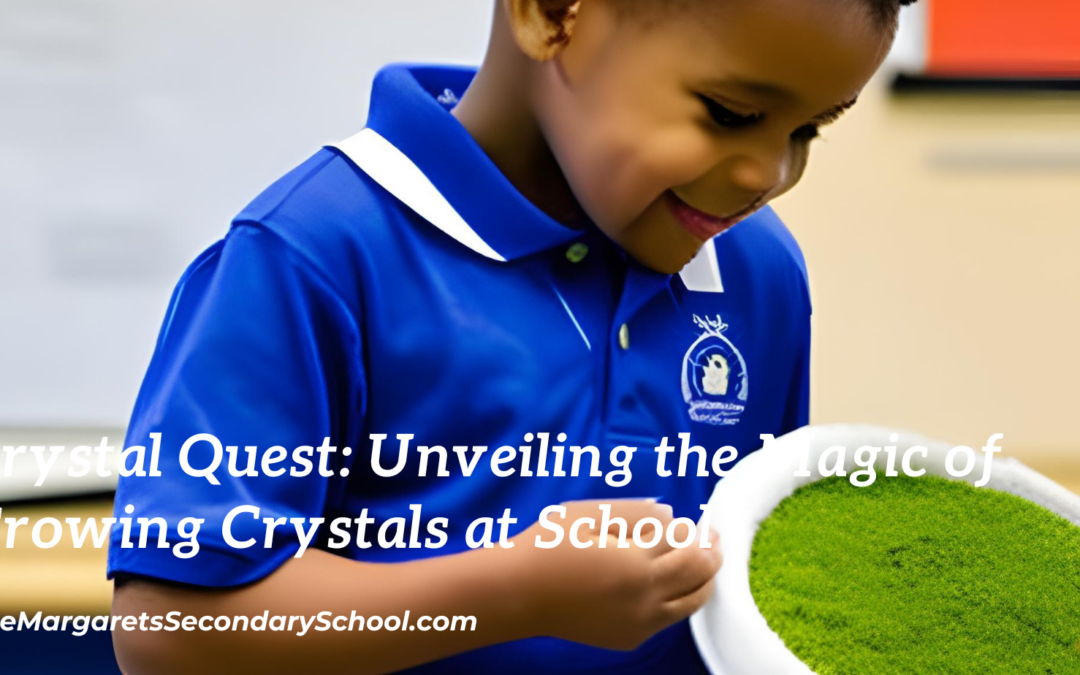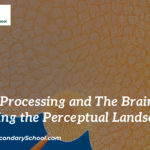Growing Crystals
Crystals have an almost magical allure, with their dazzling facets and intricate structures. But did you know that you can grow your very own crystals right at School? In this enchanting science project, we’ll embark on a crystal-growing journey that unveils the science behind these mesmerizing formations.
Crystalline Wonders
Crystals are formed when atoms or molecules arrange themselves in a repeating pattern, creating solid structures with well-defined shapes. These unique formations are found in everything from quartz and diamonds to snowflakes and table salt. By growing crystals ourselves, we can gain a deeper appreciation for the natural beauty of these intricate arrangements.
Embarking on Your Crystal-Growing Journey
Growing crystals is both a scientific experiment and a creative endeavor. Here’s what you’ll need to get started:
Materials:
- Epsom salt, sugar, or borax (for different types of crystals)
- Water
- String or pipe cleaners
- Pencil or stick
- Wide-mouthed glass jar or container
- Food coloring (optional)
- Safety goggles (for added precaution)
Instructions
- Choosing Your Crystal: Decide which type of crystal you want to grow. Epsom salt, sugar, and borax are common choices, each resulting in different crystal types.
- Creating the Solution: Heat water and dissolve your chosen crystal material in it. Keep adding the material until no more can dissolve in the water. You’ve created a super-saturated solution.
- Adding a Touch of Color: If you wish, add a few drops of food coloring to the solution to give your crystals a vibrant hue.
- Growing Crystals: Suspend a string or pipe cleaner into the solution using a pencil or stick. Place the pencil across the mouth of the jar so that the string or pipe cleaner hangs down into the solution.
- Waiting and Watching: Find a safe spot where the jar won’t be disturbed and let it sit for a few days. As the water evaporates, crystals will start forming on the string or pipe cleaner.
The Science Behind It
When you dissolve a substance in water and the water can’t hold any more of that substance, it’s called a super-saturated solution. As the water evaporates, the dissolved substance comes out of the solution and forms crystals.
Exploring Further
Experiment with different variables to see how they affect the crystal growth. Try changing the temperature, the concentration of the solution, or the type of string or pipe cleaner used.
Conclusion
Growing crystals is a delightful fusion of art and science that brings the wonders of nature into your school. As you watch the crystals slowly form and take shape, you’re gaining a hands-on understanding of how natural processes can create such breathtaking beauty. So, gather your materials, spark your curiosity, and embark on a crystal-growing adventure that will leave you marveling at the mysteries of the crystalline world.





